Building a Retirement Income Strategy
After decades of saving for retirement, it’s almost time to start putting that money to use. While retirement can bring a new sense of freedom and relief, it also marks the point when your hard-earned savings become your primary income.
With the paychecks gone, it’s important to make sure your nest egg is able to provide you with enough income to live the life you want. Let’s take a look at some key considerations that should shape your retirement income strategy.
Follow these tips to ensure your retirement income will be enough to reach your goals.
Examine Your Goals
An important first step is to really think critically about your retirement plans and what they will cost. Some of those plans might be big — traveling the world, buying a second home, or giving to charity or future generations of family members. But, it’s just as important to consider your day-to-day living expenses.
Emerj360 offers a questionnaire to help start this dialogue. Using a retirement calculator is also a good step to make sure your savings are where they should be to meet your goals in retirement.
Regardless of your spending plans, we recommend building up six to 12 months worth of savings before retirement, so you don’t have to draw down on your assets should there be a market shift.
Evaluate Your Assets
An advisor can also help you thoroughly evaluate each of your assets. Those include investment portfolios, pension income, Social Security, and any other assets you might have.
When evaluating these, it’s important to note how the money you withdraw will be taxed. Are your portfolios taxable, tax deferred, or tax free? A good withdrawal strategy can help reduce taxes in retirement and ensure stable distributions.
And though some of your assets, such as Social Security or pensions, provide “guaranteed income,” they are often not able to provide all of the income you need. Your income strategy should be able to cover expenses where these guaranteed sources cannot.
Use Benchmarks
You’ve probably heard of the 4 percent rule. If not, it essentially states that starting retirement with a 4 percent withdrawal rate and adjusting for inflation should extend the life of your portfolio for more than three decades.
Everybody’s goals are different, but the 4 percent rule is a good benchmark to start with. A good way to maintain a 4 percent distribution rate is to build a balanced portfolio between stocks and bonds. While your allocations should generally get more conservative the older you get, it’s important to keep some stock exposure during retirement so the growth of your account can keep up with distribution rates. It’s always important to consult with a financial professional about an income strategy in retirement.
In some cases, you might be able to make money in retirement. If you stay near a 4 percent distribution rate and have a portfolio with an expected return of 6 percent, for example, you can maintain or grow that principal. Just note that you will also need to keep pace with inflation.
Keeping your withdrawal rate near 4 percent is a good way to begin retirement. The first few years may involve some trial and error as you adjust to the new phase of life.
Managing Distributions
After years of scheduling spending around pay dates, it can feel uncomfortable no longer having that consistency. Emerj360 can work with you to schedule distributions monthly, quarterly, annually, or whatever works best for you and doesn’t impact the sustainability of your resources.
As a fiduciary, Emerj360 will always work in your best interest to build an income strategy that will deliver the retirement you’ve worked so hard to earn. Check out our Retirement Planning page for more information and let us know how we can help you.

